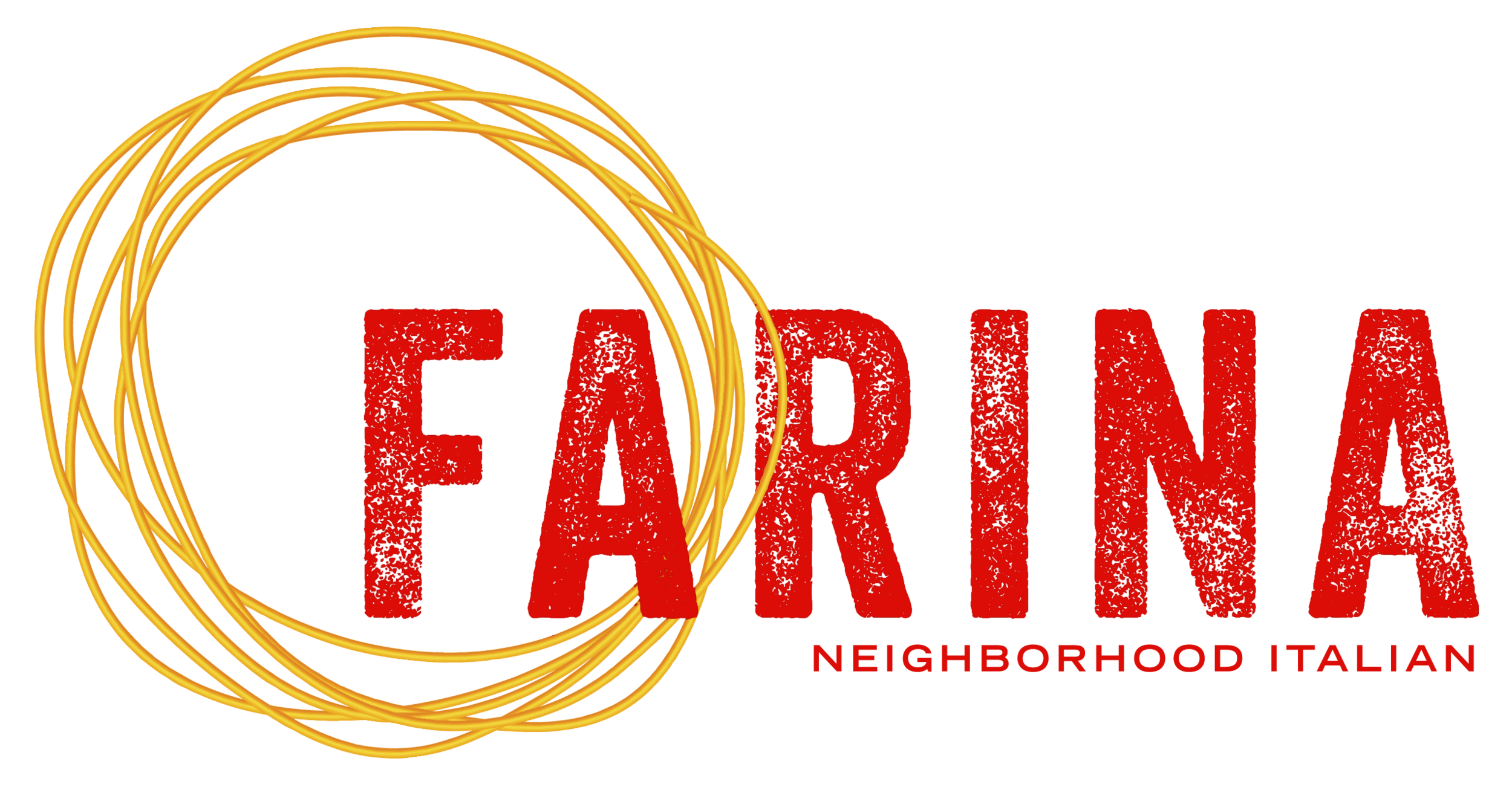Mozzarella love
Fresh mozzarella is a sliceable curd cheese that originated in Italy. Traditionally made from the milk of water buffalo (not North American buffalo or bison), its delicate, milky flavor is highly prized. Fresh mozzarella is considered to be one of the healthier cheeses, due to its low fat and sodium content.
The earliest iteration of the mozzarella stick is traditionally believed to date back to 15th-century France. Sacre bleu! The text in question is called Le Ménagier de Paris (author unknown), a "women's guide" to everything from maintaining a youthful glow to cooking delicious appetizers. Essentially, it's the medieval equivalent of those magazines they sold in the 1950s to bored housewives. The book is written from the fictional voice of an elderly man telling his younger wife what she can do to make him happy. Yep.
The supposed original mozzarella stick was called a pipefarce. What we have here is an age-old comfort food that stemmed from the (obviously true) idea that bread and cheese work well together: "Take egg yolks and flour and salt, and a little wine, and beat together strongly, and cheese chopped in thin slices, and then roll the slices of cheese in the batter, and then fry in an iron skillet with oil in it. This can also be made using beef marrow."
This is generally upheld as the one true starting point of the mozzarella stick (alas, the beef marrow was lost to time). "If we're really being honest with ourselves, whoever wrote that medieval text would barely see any resemblance between his recipe and what we now know as modern-day mozzarella sticks," said Dr. Joel Jensen, author and food historian. "In fact, modern mozzarella sticks probably have less in common with the long and storied history of Italians and French frying their cheese and more in common with pizza or French fries."
"Mozzarella sticks will always be considered 'Italian' because it uses an Italian cheese, and the word itself -- mozzarella -- will always bring up that Italian connotation. But they're not Italian," Gennari said. Of course. The idea that mozzarella sticks aren't actually Italian might come off a little strong. But anyone with even a vague knowledge of Italian food knows that our versions of so many classics that came about after the Italian immigration boom of the early 1900s (pizza, spaghetti, chicken Parm) don't really mirror their Italian inspirations.
The first evidence of mozzarella sticks wasn't until the late 1970s, just after the pizza boom of the 1960s. Pizza's popularity paved the marinara-laden road for mozzarella sticks' rise in that it gave Americans a taste for the Italian cheese.
People's positive response to mozzarella sticks was abundant. But the widespread popularity might have led to the decline in quality. Nowadays, the majority of the mozzarella sticks you consume are probably pre-made with low-quality cheese and frozen.
Here at Farina we make our fried mozzarella from scratch. The mozzarella is not made in house but it is fresh and never frozen. It is never greasy or cold. Lightly breaded, it has a light, crisp crunch and is filled with that superlative, stretchy mozzarella that has probably launched a thousand Instagrams.
